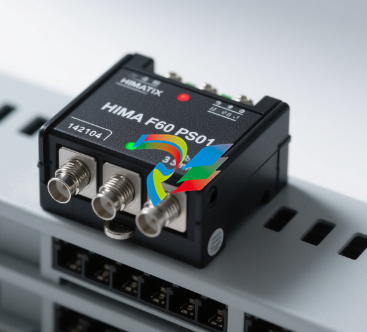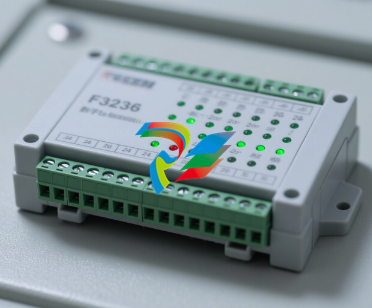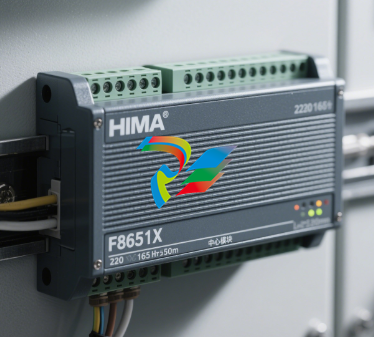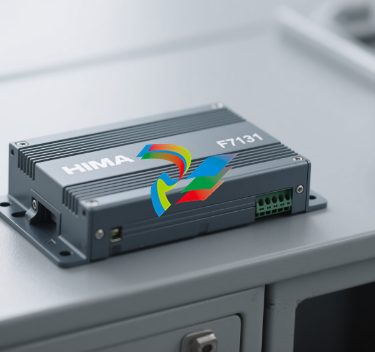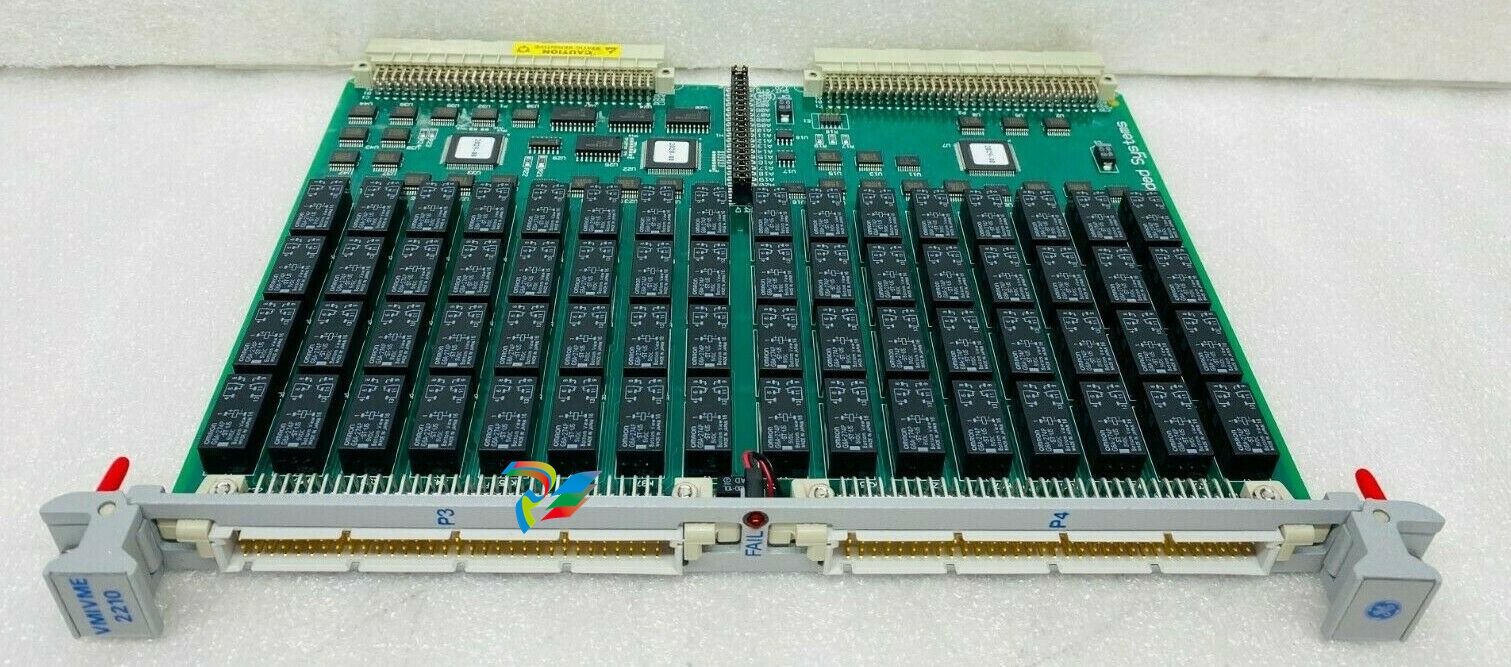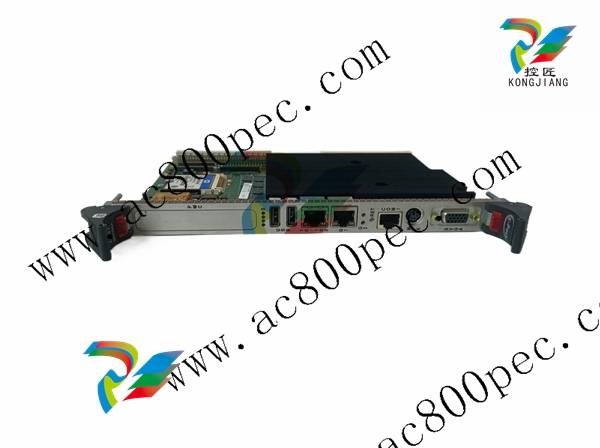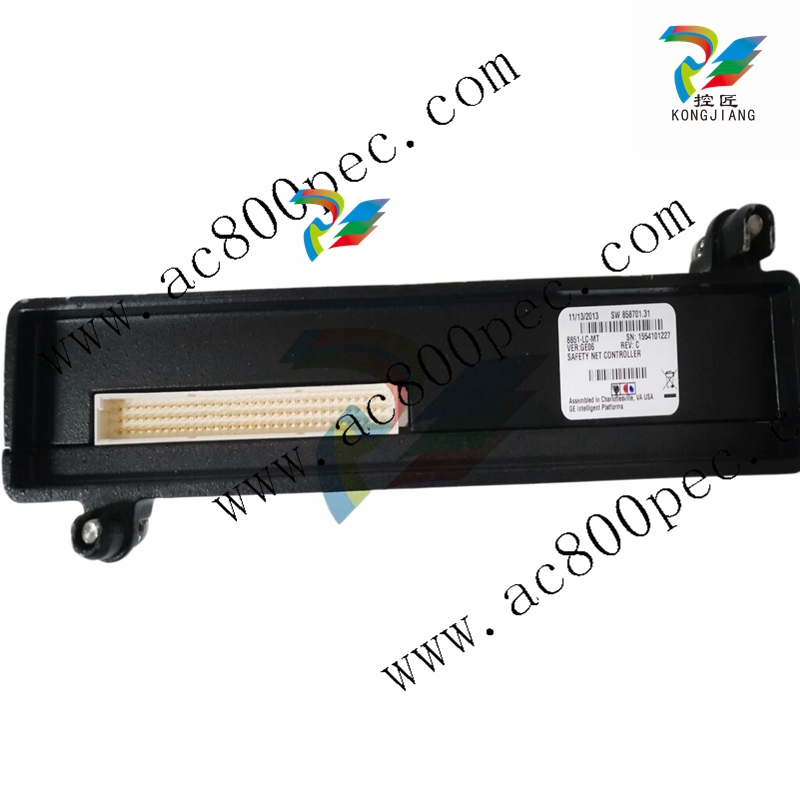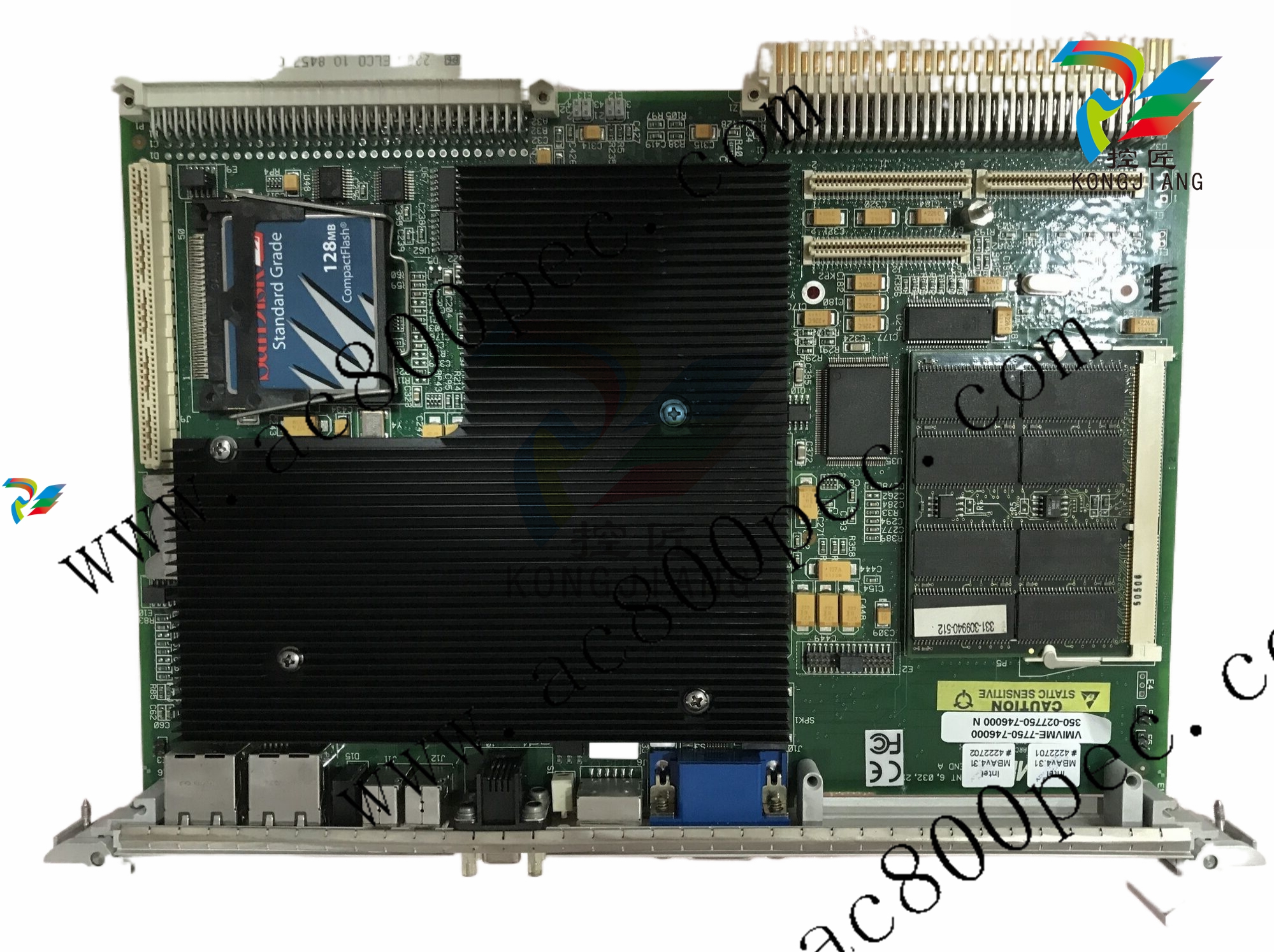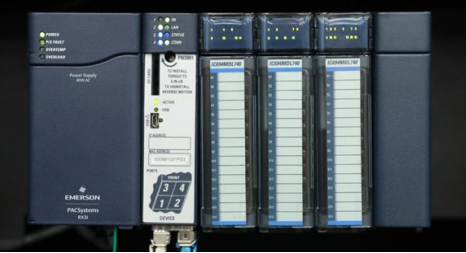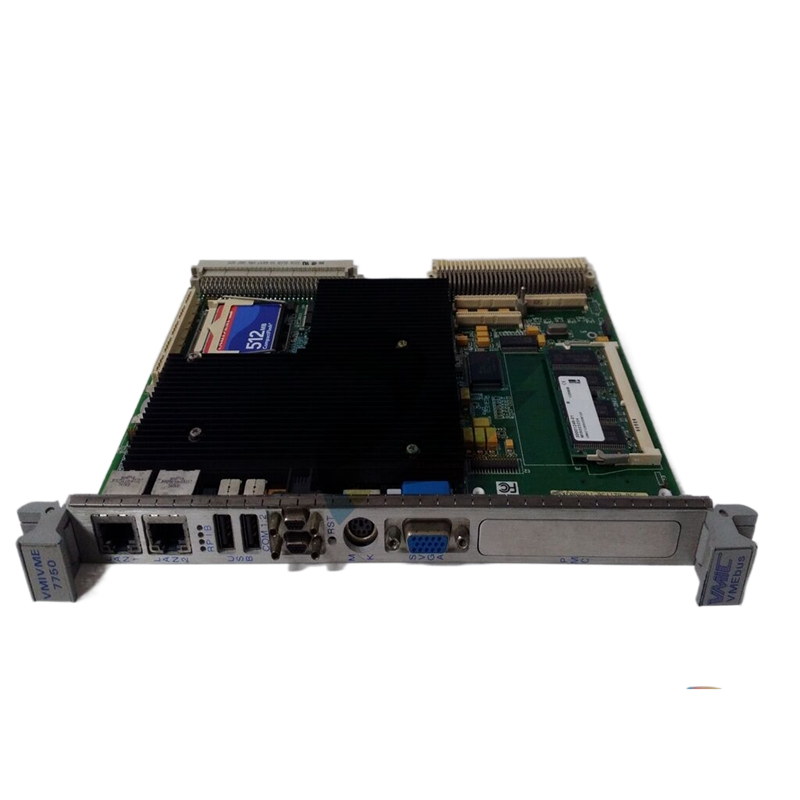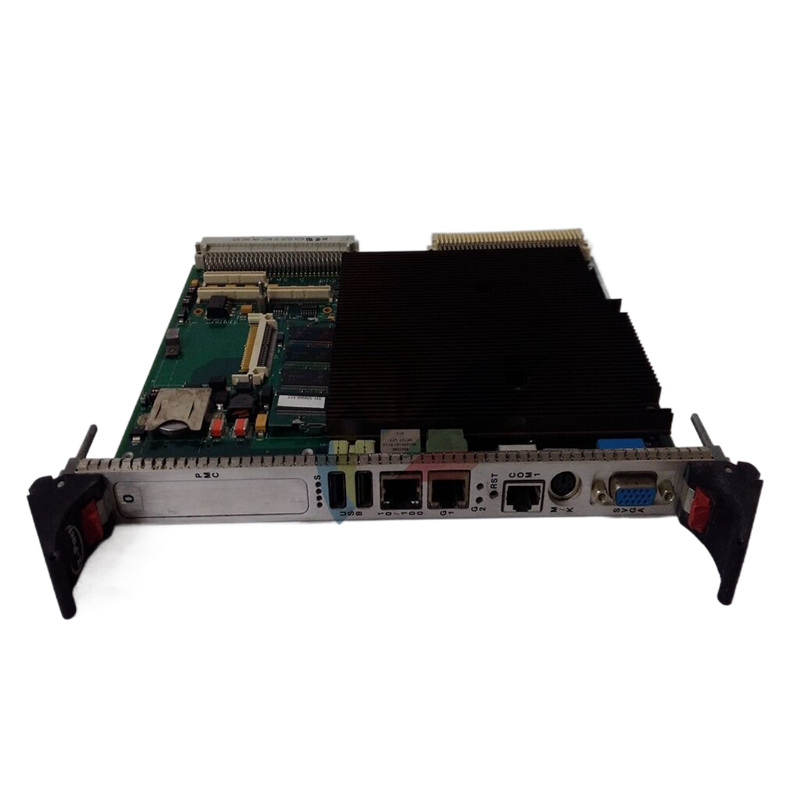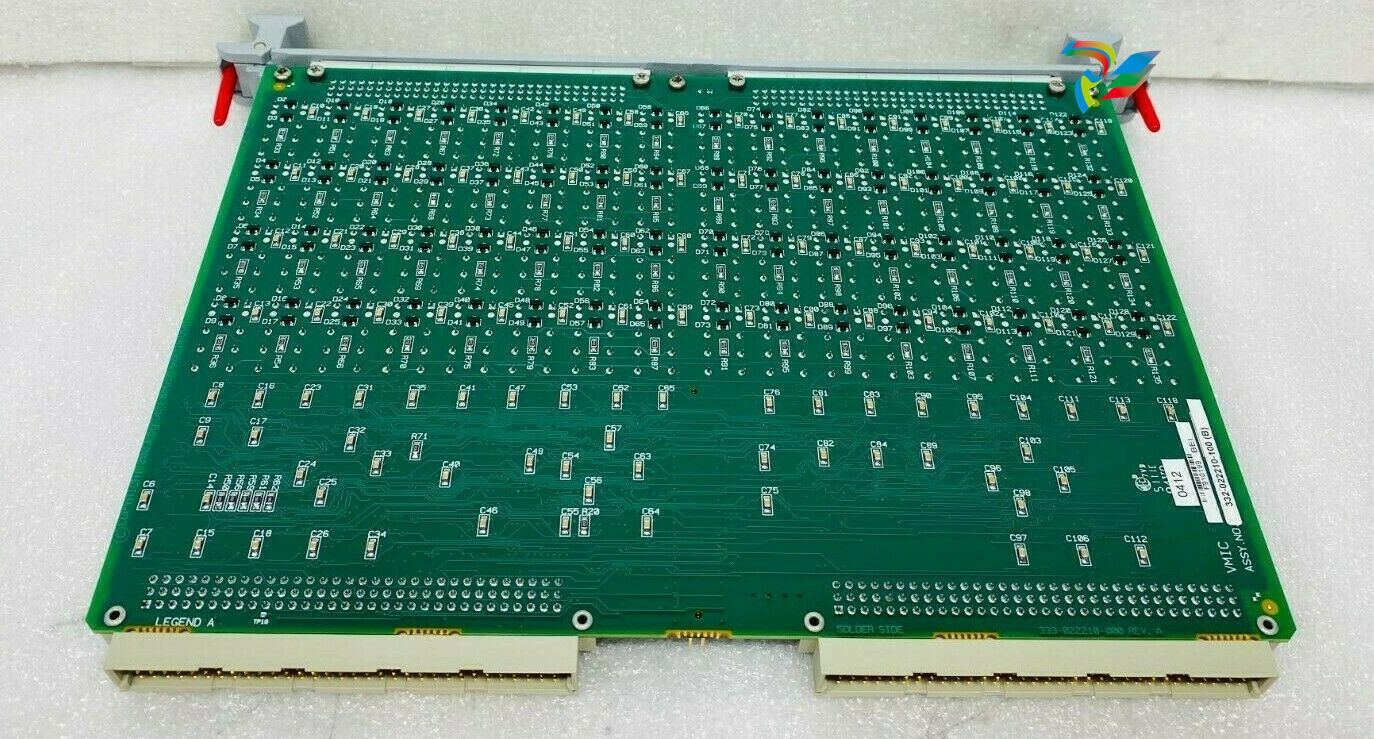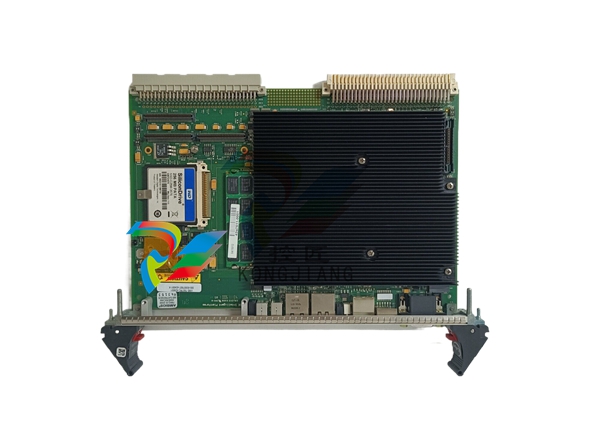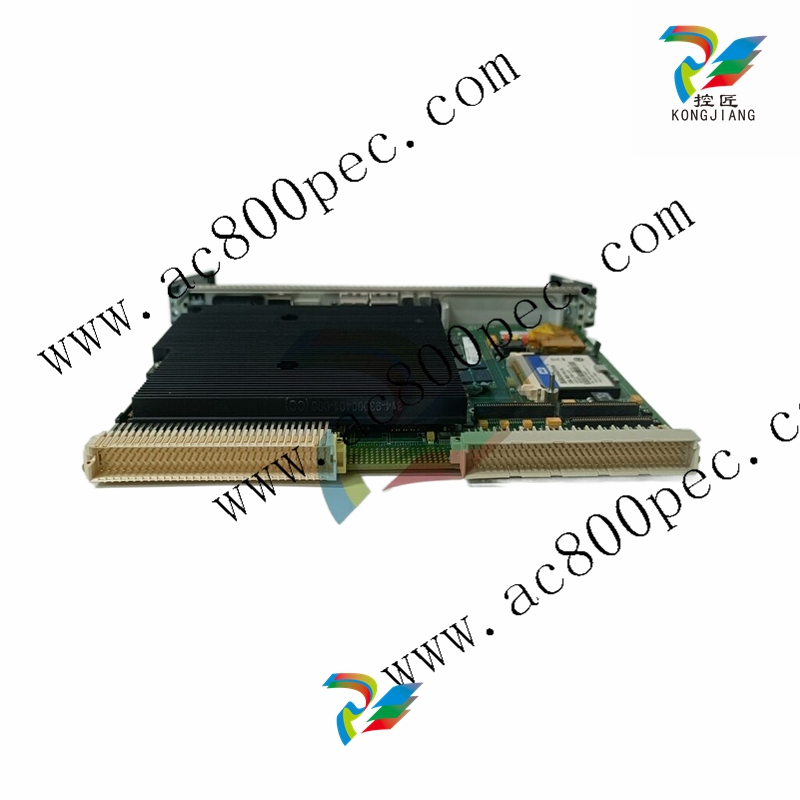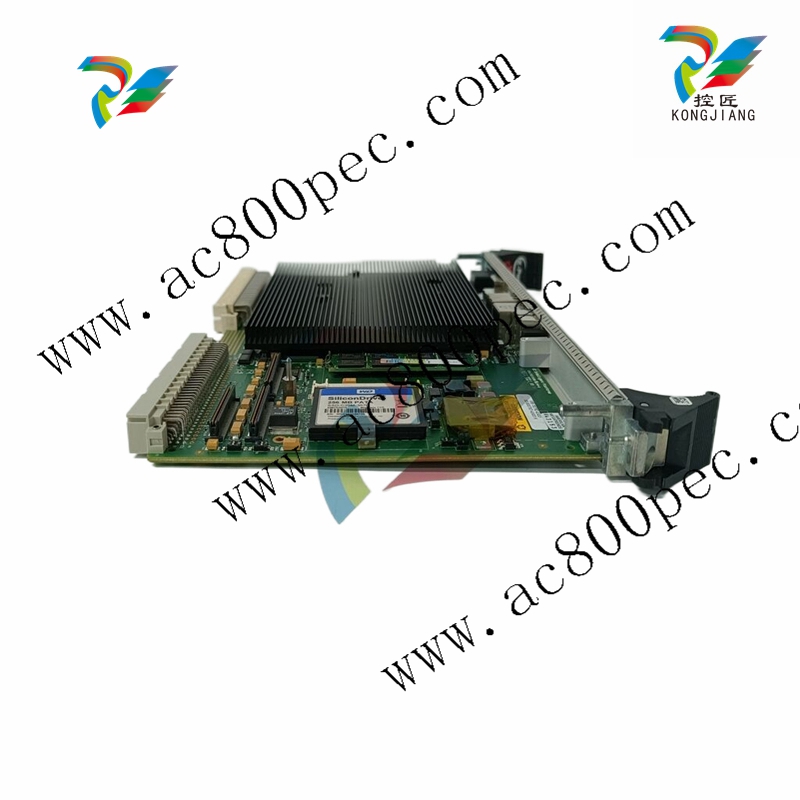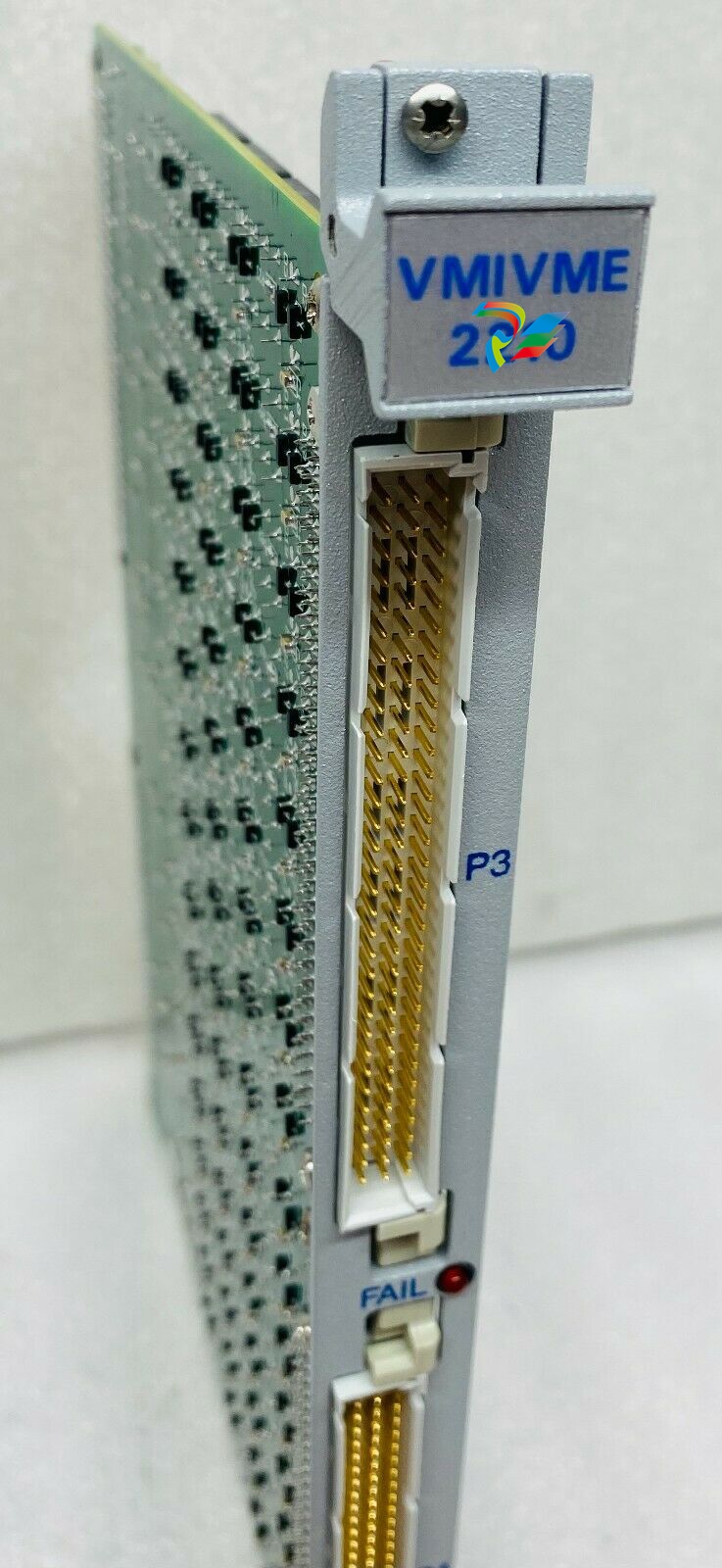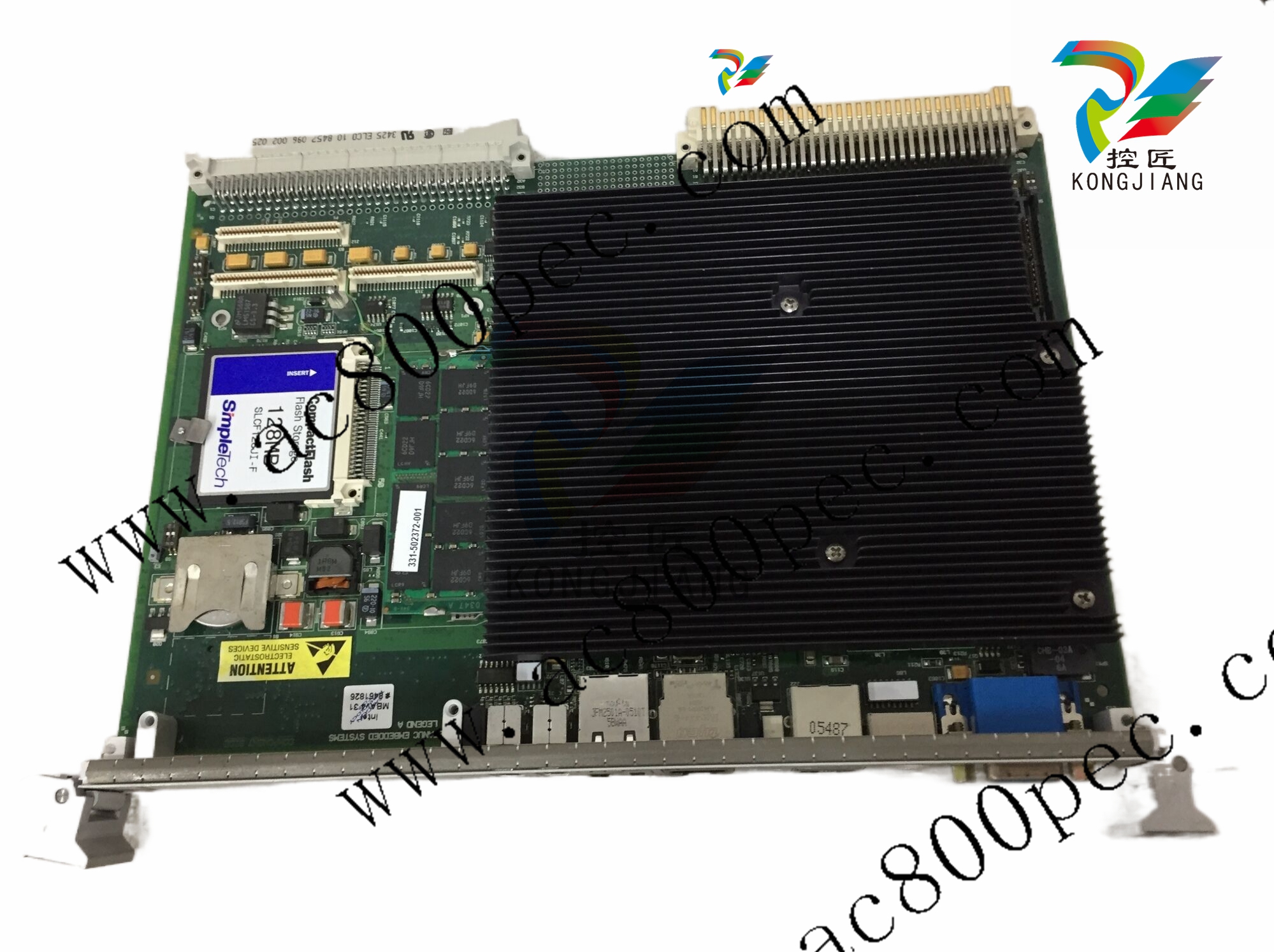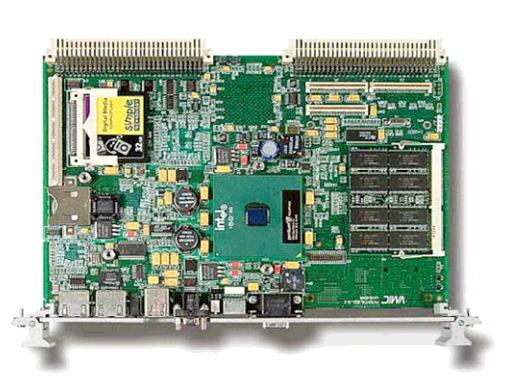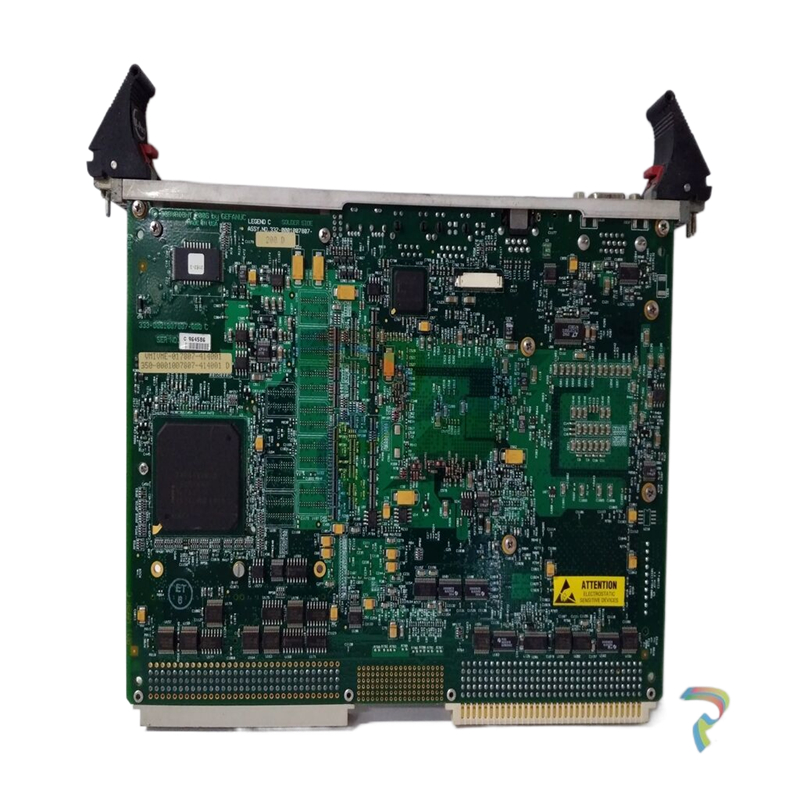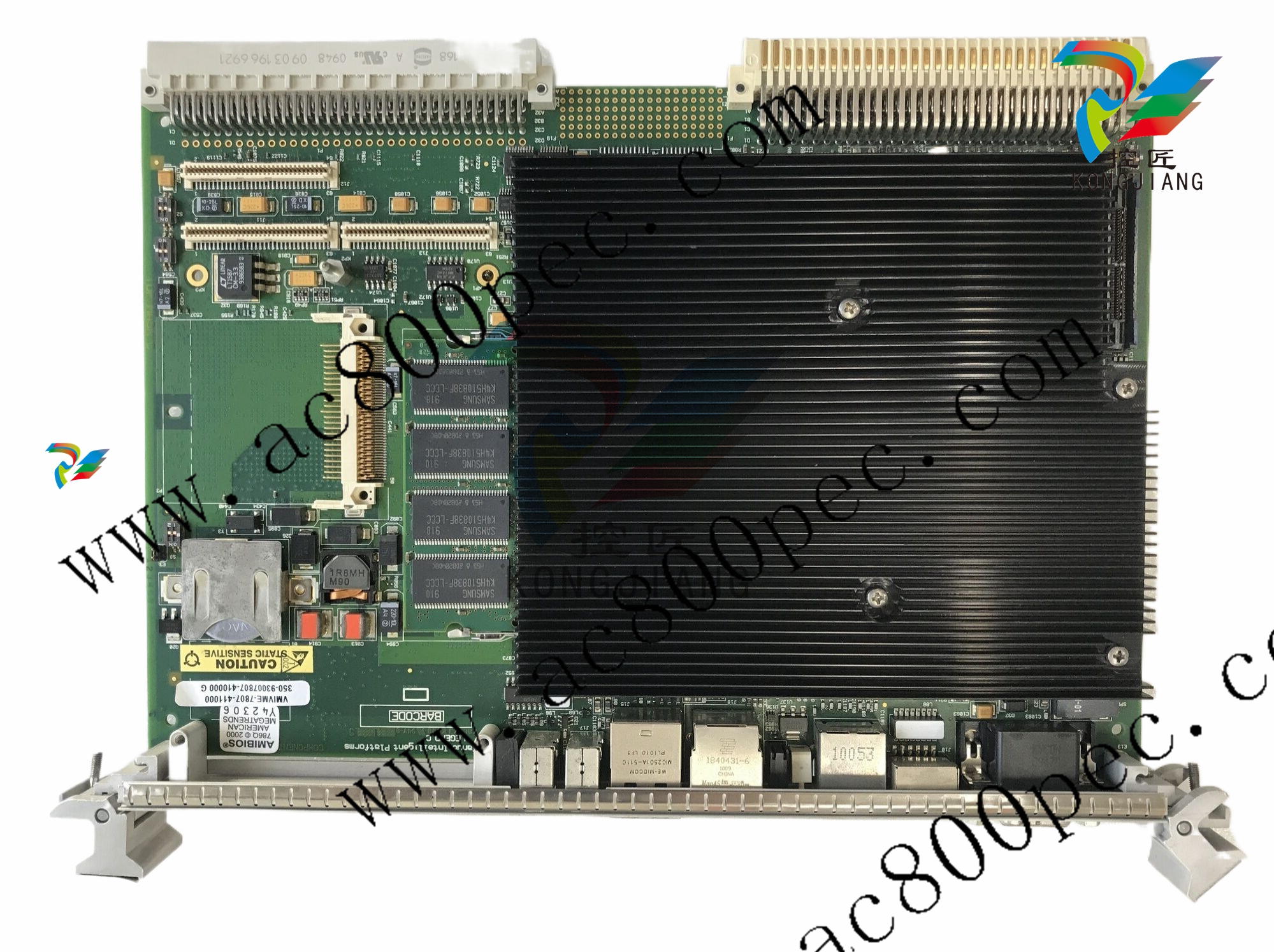
EMERSONWestinghouse E 20 Training From Normal Operation to Se lectric Belgium 14 Catalog vere Accident Management
to the operators during an accident recovery.
Course Approach
The teaching approach combined classic
presentations where the physical aspects of the
most important EOP recovery strategies are
presented and explained with Case Studies,
which put the attendees in situations for which
they have to come up with answers to operator
initiated questions or advises. The Plant
Engineering Staff (PES) Case Studies in the
following agenda are intended to provide
information on the possible evaluations that a
Technical Support Center (TSC), Shift Technical
Adviser (STA) or Plant Engineering Staff (PES)
would have to perform to support control room
operators in case of accidents. This includes
evaluations concerning:
RHR suction alignment
Need to transfer to hot leg recirculation
Establishing RCS letdown or not
Venting RV head or not
Post-SGTR cooldown method
Control of sump pH
SG overfill
Which SG to use for cooldown
Reinitiation of feed to a dry SG
RCP status
Long term plant status
Course Outline
DAY 1
Symptom-Based Emergency Operating
Procedures – Introduction
Diagnostic
SI Termination & Reinitiation Criteria
EOP Evaluations by TSC or Plant
Engineering Staff
Loss of Coolant Accident Physics in Relation
with Break Size
DAY 2
RCP Trip/Restart Criteria
SI Reduction Criteria
Case Study 1 – Small Break LOCA
Case Study 2 – Large Break LOCA
DAY 3
Shutdown LOCA
Case Study 3 – Stuck Open Safety Valve
Case Study 4 – LOCA Outside Containment
Pressurized Thermal Shock Aspects – FR-Ps
DAY 4
E-3, Steam Generator Tube Rupture
SGTR Contingencies
Case Study 5 – SGTR
Case Study 6 – Faulted & Ruptured SG
Return to power & ATWS
DAY 5
Case Study 7 – Anticipated Transient
Without Trip
Total Loss of Feedwater & Bleed and Feed
Case Study 8 – Loss of Secondary Heat Sink
Case Study 9 – Degraded and Inadequate
Core Cooling
Instrument Response in Accident Conditions
MAINTENANCE COURSES
MAIN 141: Reactor Coolant Pump Seal Maintenance and Inspection
REACTOR COOLANT PUMP SEAL
MAINTENANCE AND INSPECTION
(MAIN 141)
Course Outline
1. Theory and functional description of the
RCP
- 3 days: theoretical
- 2 days: practical
General description of the pump and
motor components
Description of the seal area
Flow paths
Internal
External - Interface with CCW
- Injection water
Auxiliary equipment
Pump side: filters, standpipe
Motor side: oil lift system
Bearing system
2. Walk through the total inspection program
(classroom phase)
Dismounting technique of seals
Discussion of
Why to inspect
How to inspect
Inspection intervals
Inspection technique
Inspection criteria
Monitoring of seals
3. Practical training in dismounting/erection
Practical demonstration of seals
dismounting/erection following the
manual
The purpose is to apply the theoretical
aspects reviewed on the first day.
The exercise will be done on the ESC
mock-up using the adequate tools and
equipment.
4. Practical performance of inspection
program
This session is dedicated to the practical
performance of dismounting/remounting
and seals inspection on the ESC mock-up.
Each person will have the opportunity to
handle the equipment under the lead of
instructors.
5. Theoretical description of motor to pump
alignment
Centering of pump (on Mock-Up)
Swing check
Oil lift
Axial end play
Discussion of tooling used and
modifications
Conclusion and open discussion
ENGINEERING COURSES
ENG 141: ASME Code Familiarization
ENG 142: US-Nuclear Standards, Rules and Regulations
ENG 143: Fracture Mechanics Applications
ASME CODE FAMILIARIZATION
(ENG 141)
Course Objectives
The purpose of the course is to present the
background and history of the ASME code for
boiler and pressure vessel design and
construction. Specific attention is also paid to
the organization and use of the code. At the end
of the course the attendees will be able to
manipulate the ASME code for their own
application.
Practical workshops are foreseen to enhance
code utilization.
Course Outline
DAY 1
What is the ASME code?
General introduction to the ASME B&PV
Code
Comparison and relationship with other
US and European Codes: ANSI, ASTM,
AWS, ASNT, French RCCM, German
KTA
Administration of the ASME Code and
organization of the Code editions and
addenda.
Why was the Code introduced and how is it

